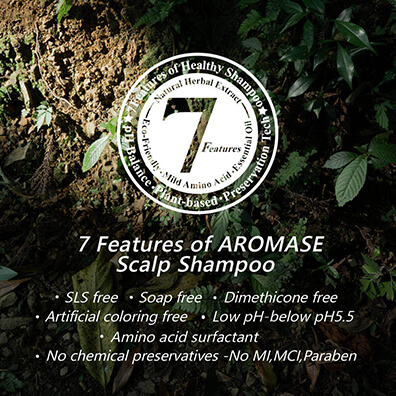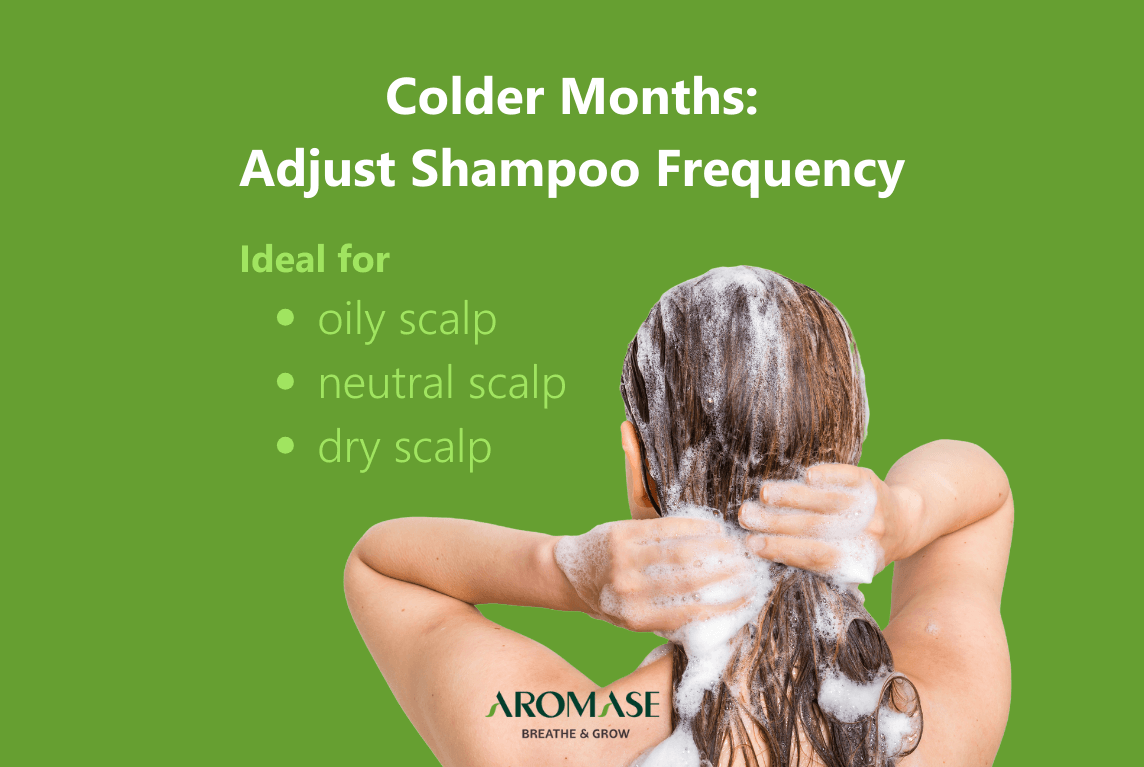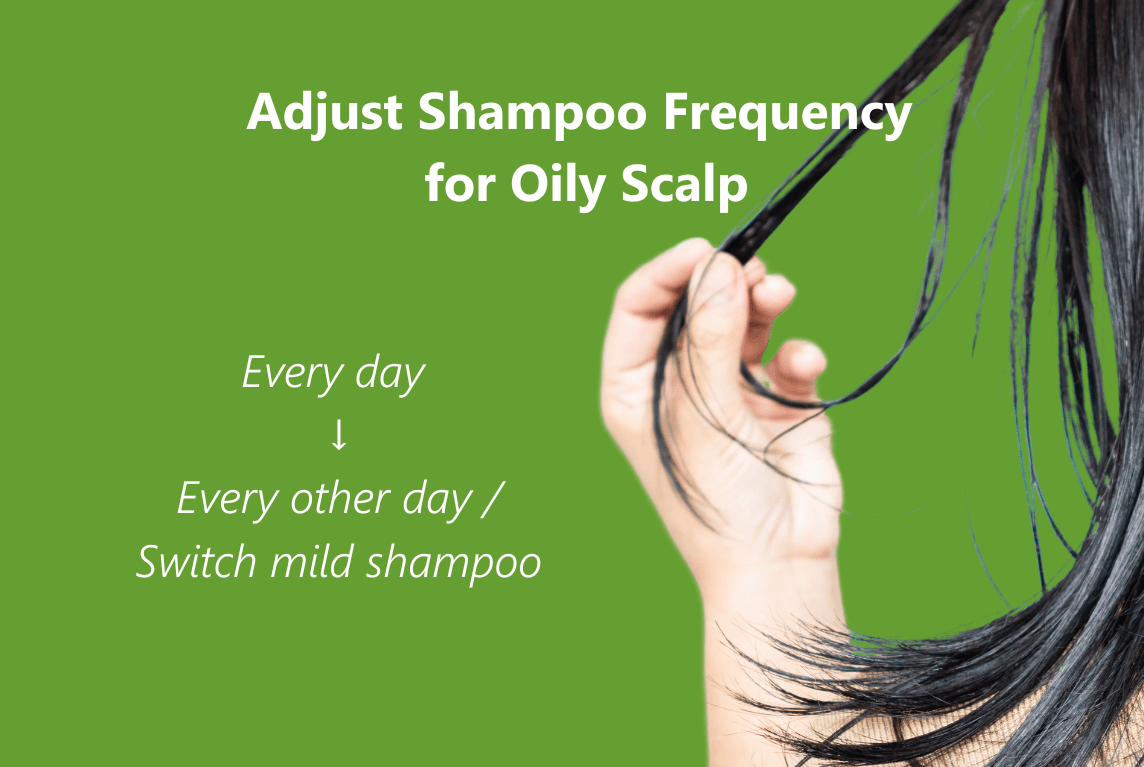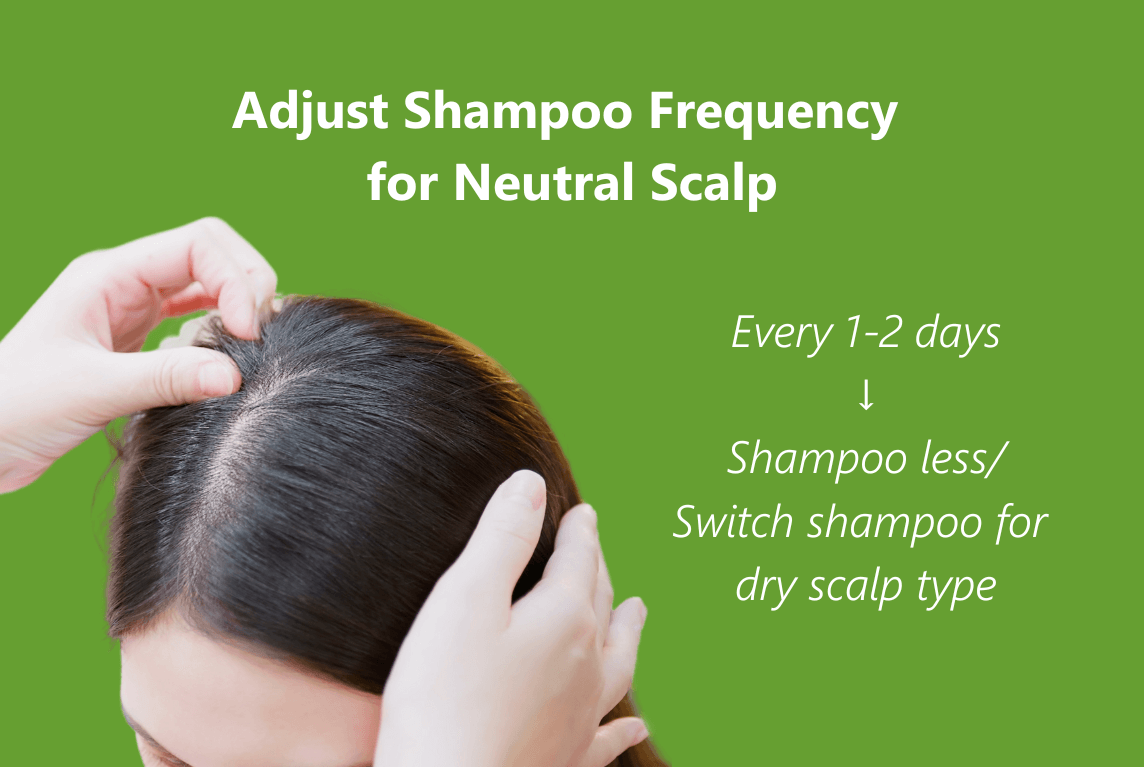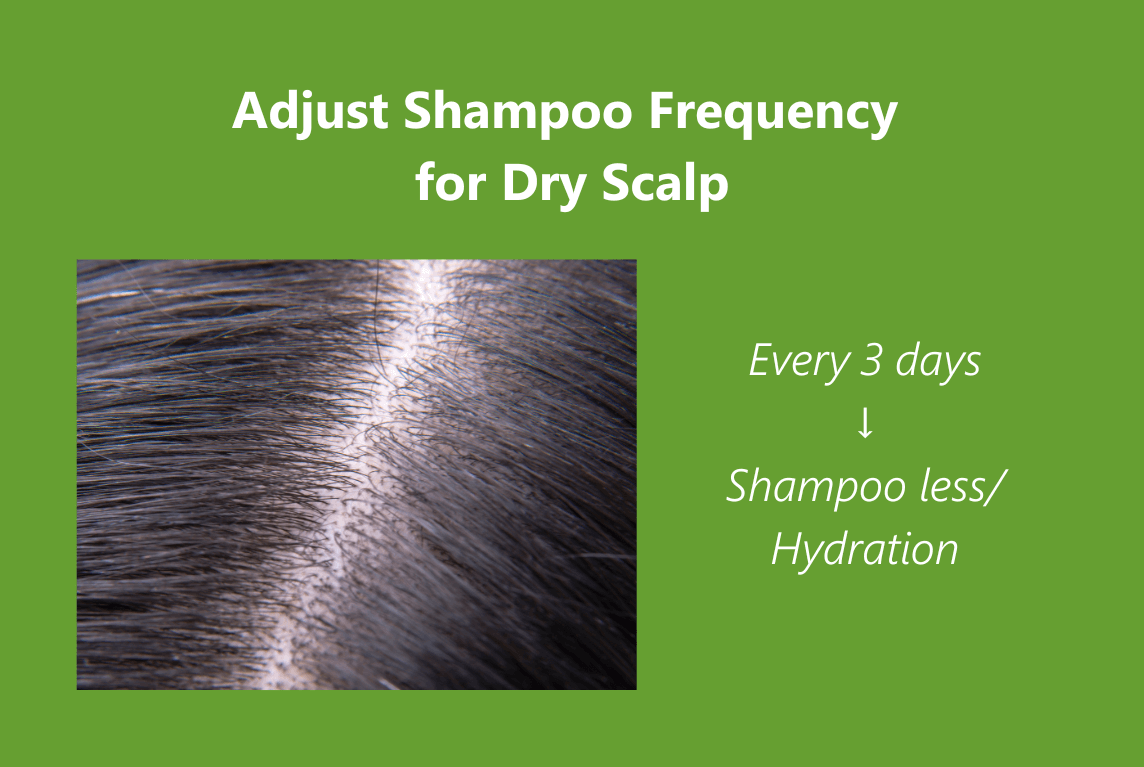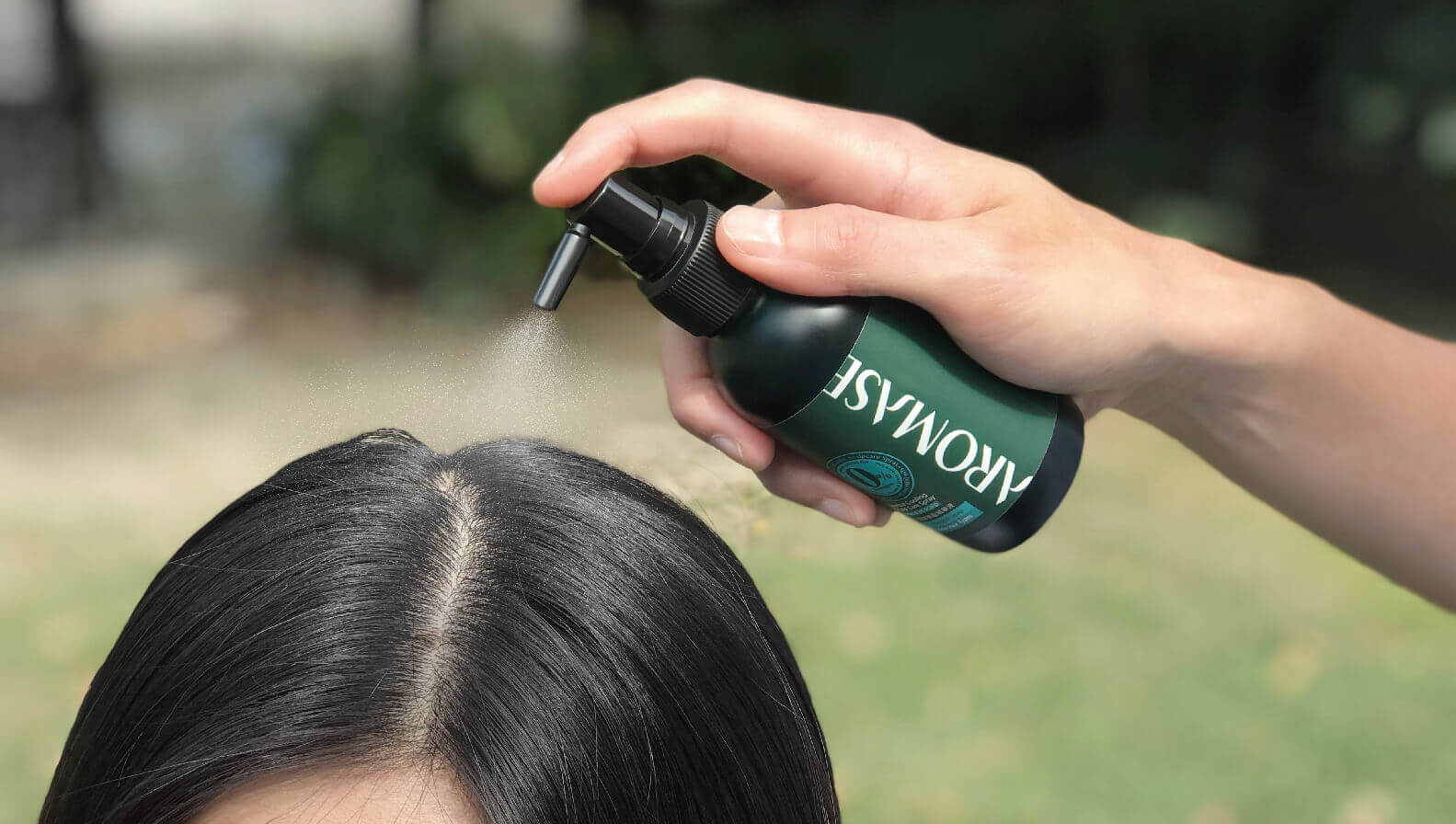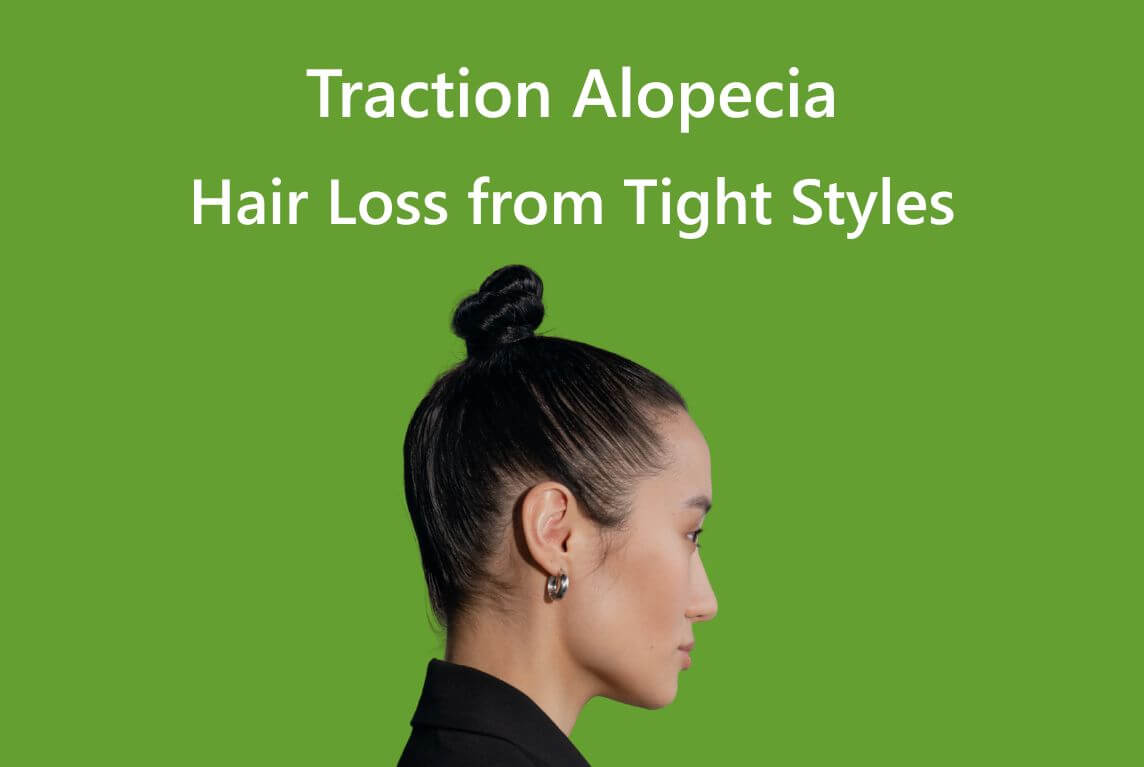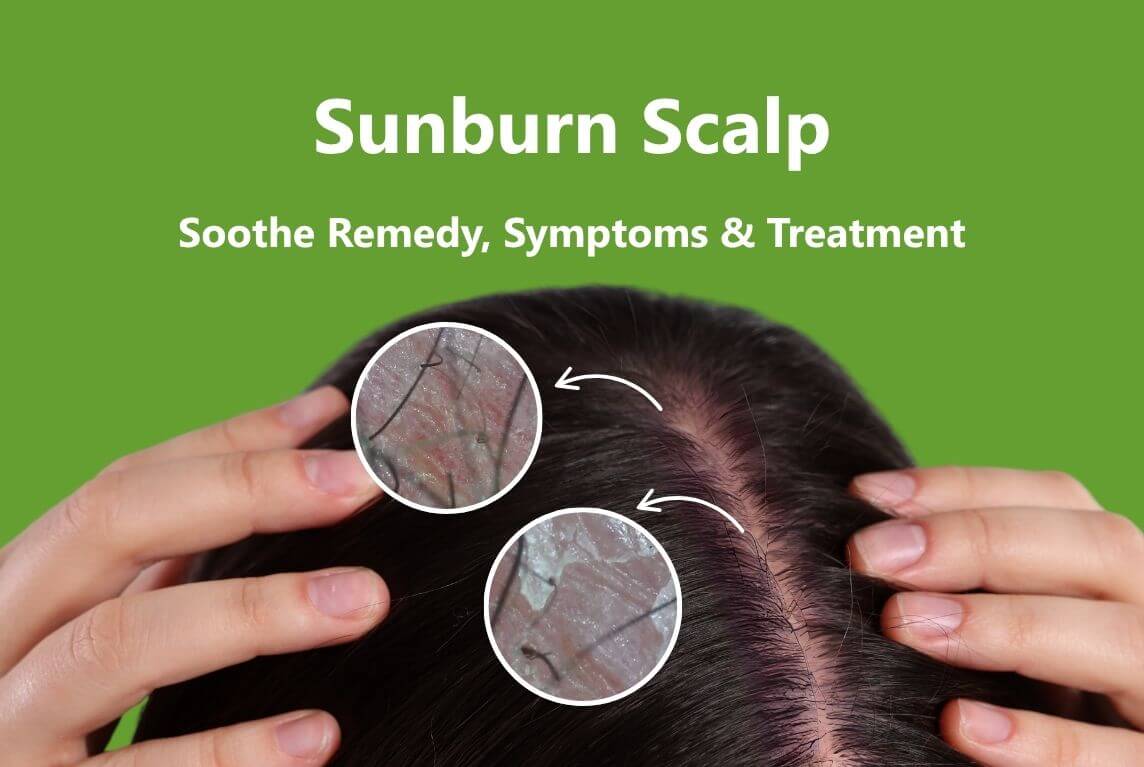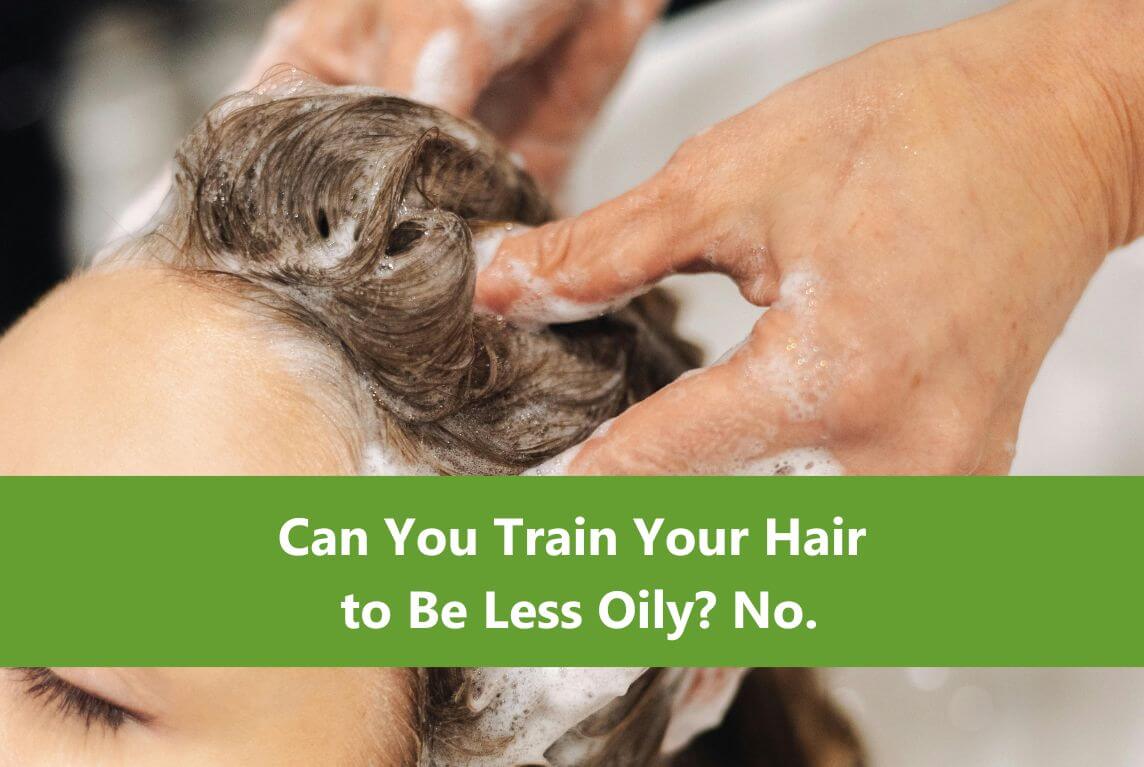As the weather cools down and the humidity drops, it’s important to adjust your scalp care routine. Colder temperatures can dry out your scalp, making it more prone to irritation, flaking, and dandruff. Overwashing can strip away your scalp’s natural oils, further exacerbating the problem.
Why You Need to Adjust Your Shampoo Frequency in Cold Weather
During the winter season, it’s important to know that your scalp tends to produce less oil and needs extra moisture compared to the summer months. The cold air holds less moisture, which can result in dryness and itchiness of the scalp. Moreover, some shampoos may strip away the natural oils that protect your scalp from the elements. It’s worth noting that over-washing can worsen dryness and increase the chances of irritation.
How Often Should You Wash Your Scalp in Cold Weather?
The frequency of washing your scalp depends on your scalp type (how quickly it gets greasy) and how often you use styling products. If you notice your scalp feeling less oily in cold weather and tight after shampooing, make sure you don’t miss the shampoo adjustment suggestions provided below.
Oily scalp type: Cold Weather Shampoo Adjustment
Oily scalp type: Your scalp gets greasy within a day after washing.
People with oily scalps usually shampoo every day because their scalp produces more oil and faster than other scalp types. But when the weather gets colder, their scalp produces less oil, so they can shampoo every other day or switch their shampoo to a mild shampoo rather than a clarifying shampoo.
Neutral scalp type: Cold Weather Shampoo Adjustment
Neutral scalp type: Your scalp gets greasy within 1-2 days after washing.
A neutral scalp requires balanced care with moderate washing and moisturizing. Some may lean slightly oily while others may be slightly dry. Individuals with a natural scalp type might feel more sensitivity to seasonal changes. Typically, those with neutral scalps shampoo every 1-2 days.
If you observe that your scalp is less greasy in colder weather, shampoo less frequently or consider switching to a shampoo specifically formulated for dry scalp.
Dry Scalp Type: Cold Weather Shampoo Adjustment
Dry scalp type: Your scalp doesn’t get greasy for at least 3 days after washing.
Those with a dry scalp often experience sensitivity during colder weather. Unlike other scalp types, it takes at least three days for the dry scalp to become greasy after shampooing, and in some cases, it may not get greasy at all. Due to this characteristic, a person who has dry scalp typically does not need to shampoo frequently; every 3 days is usually sufficient.
Interestingly, there are even some AROMASE dry scalp users who only shampoo once a month and exclusively use scalp purifying liquid shampoo to maintain a healthy scalp throughout the entire month.
Individuals with a dry scalp should prioritize moisturizing their scalp to combat dryness, itchiness, and dandruff caused by cold weather. This practice helps prevent excessive dryness and promotes a healthier, more comfortable scalp.
Other Tips for Cold Weather Scalp Care
In addition to washing your scalp less often, there are a few other things you can do to keep your scalp healthy and hydrated in the winter:
- Use a leave-in scalp tonic or scalp spray to help lock in moisture.
- Avoid using heat-styling tools too often.
- Protect your scalp from the elements by wearing a hat or scarf when you go outside.

